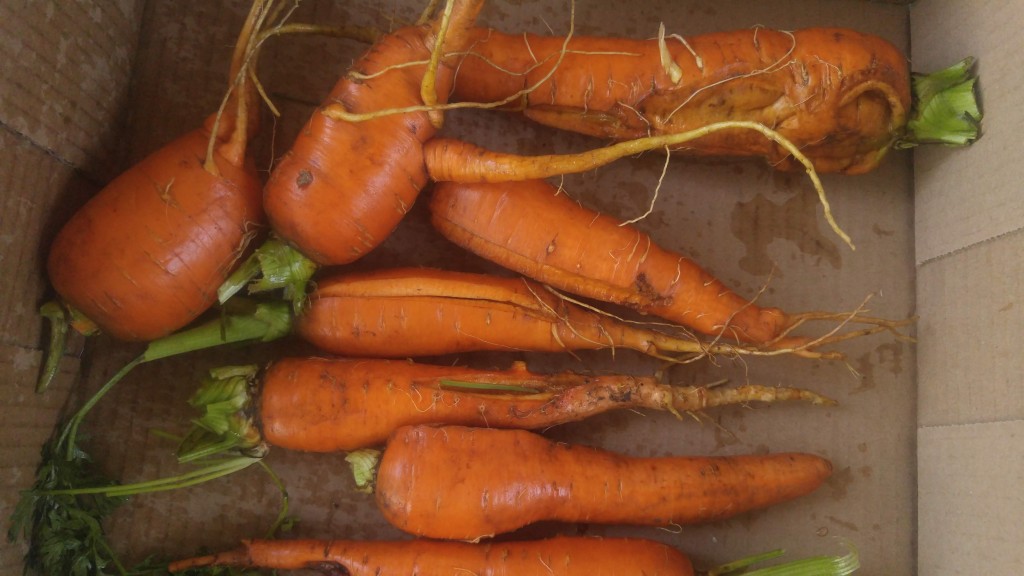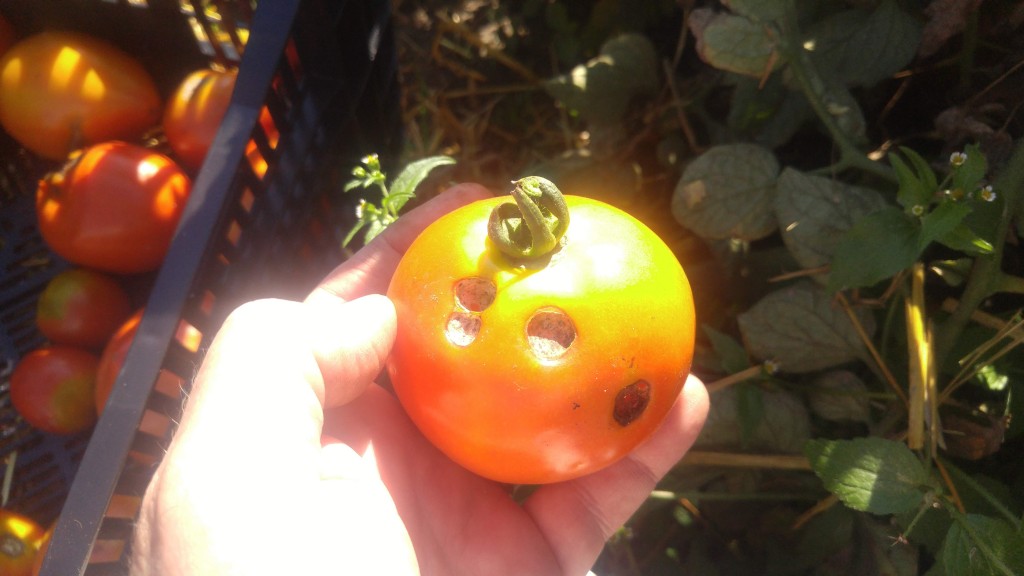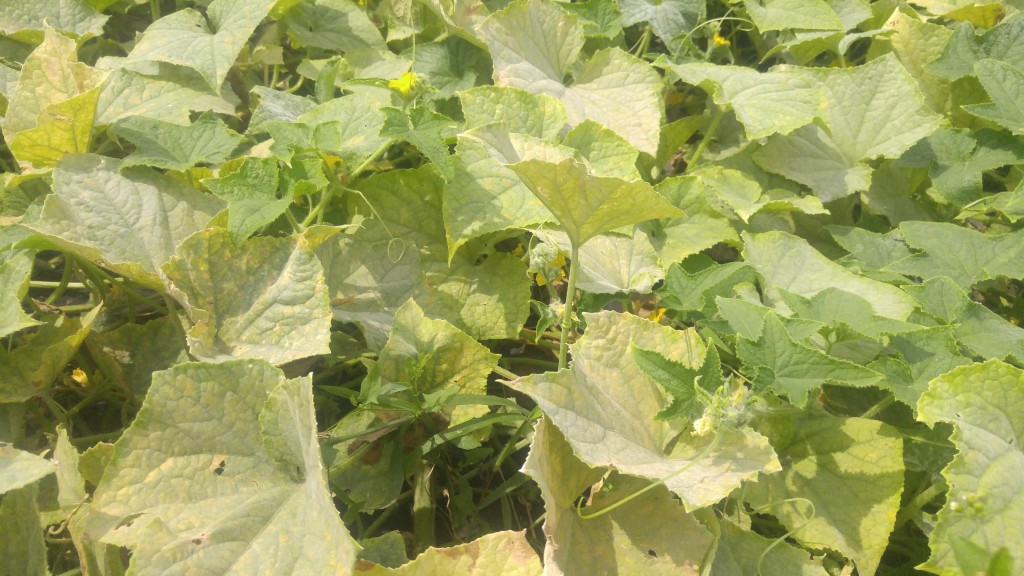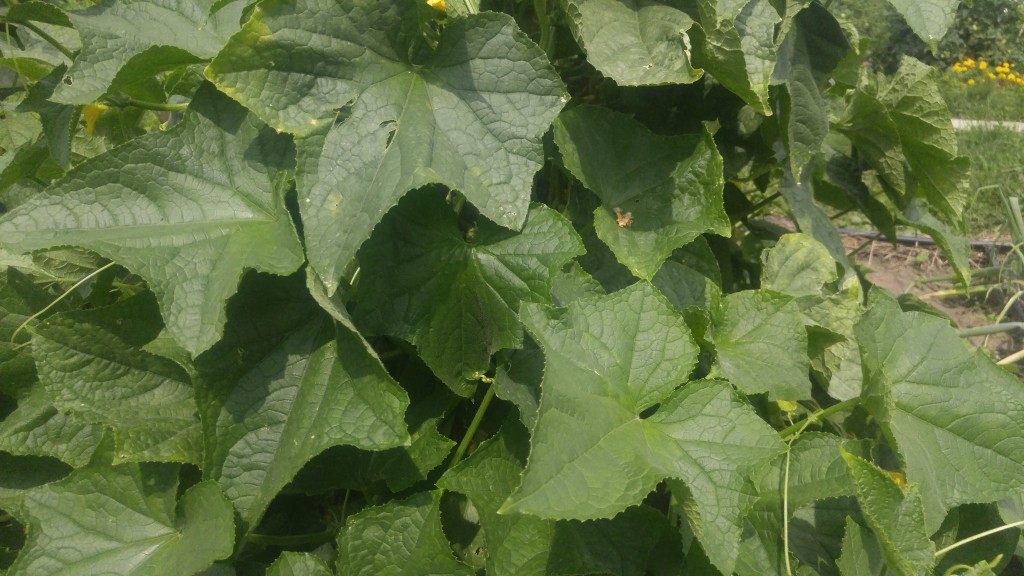Gardeners are fortunate to have the opportunity to grow the freshest and highest quality vegetables. Even now when organic produce is widely available, it’s no match for home grown.
When it comes to their own produce, most gardeners disregard one major criterion that defines quality ; that is appearance. Even ahead of taste, nutrition or freshness, appearance is still what matters most to shoppers. You really can’t blame folks for judging produce by how it looks, how else would you know if there was anything wrong with it? You could smell it, squeeze it or knock on it to hear how it sounds I suppose. Over 30 percent of food is wasted each year and much of that waste is because something doesn’t look perfect.
Gardeners on the other know exactly how their produce was grown because they did it themselves. So generally, appearance is less likely to be a factor in judging their produce. For example, some heirloom tomatoes are very prone to cracking or splitting. Selling blemished tomatoes like that would completely out of the question in a produce department and for good reason. Cracks and splits and other kinds of blemishes provide an entry for microorganisms to enter into the fruit. But if a gardener grew it, he would know that some types of tomatoes crack and wouldn’t worry about it. Most likely it would go from the tomato vine directly to the table reducing the chance of spoilage.
Carrots are prone to cosmetic damage too. Any number of things can cause a carrot to become misshapen such as a virus disease, insects, nematodes, soil moisture, soil texture, inadequately prepared soil, a pebble in the soil, even a tiny granule of fertilizer or who knows what else. So many carrots are deformed in a typical field that farmers had to develop a new use for them. They invented baby carrots. Those bagged baby carrots are cut and shaped from crooked carrots that otherwise would end up being thrown away.

Crooked carrots are harder to peel but are still tasty.
A gardener knows most of the time there is nothing wrong with a misshapen carrot, there are some exceptions. I met a new gardener the other day who was digging carrots and tossed most of his crop into the compost because they were not perfectly carrot shaped. There was no convincing this person otherwise.
I eat all kinds of damaged, deformed, blemish and bruised produce from my garden that I would never pay money for at a grocery store or farmer’s market. I trim around the unusable parts like most gardeners do. The trimmings and any produce that is too far gone gets fed to the chickens. The hens in turn use the nutrition from those garden scraps to produce eggs. With their help, my food waste percentage is close to zero.
Bob



